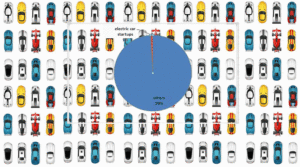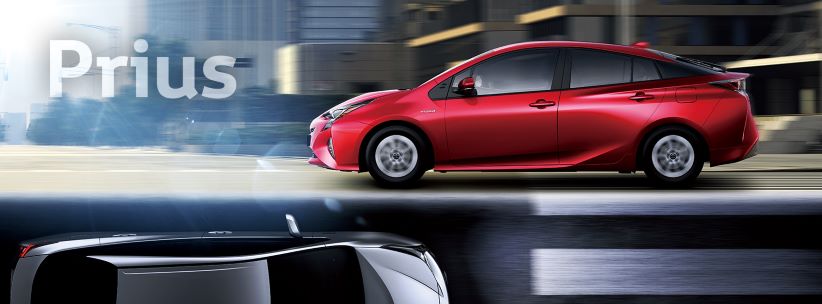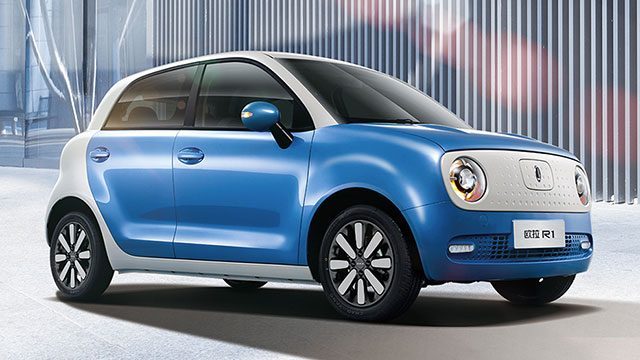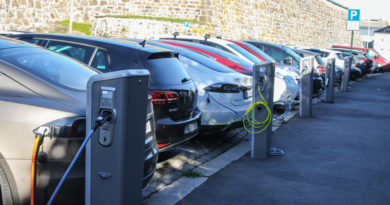China Cuts EV Subsidies To Push Innovation
After a huge spike in sales of electric vehicles, China has announced plans to reduce subsidies for electric vehicles sold in the country
 No more support
No more support
China said it’s scaling back subsidies on electric vehicles to encourage local manufacturers to rely on innovation rather than government assistance as the industry matures and costs fall. However the cuts were steeper than expected 30%. The cuts are a reminder of the ‘531’ policy the government announced for the solar sector, when it cut back subsidies massively for solar manufacturers on May 31 with little warning.
Now, the subsidy for pure battery electric cars with driving ranges of 400 kilometers (250 miles) and above will be cut by half, to 25,000 yuan ($3,700) per vehicle from 50,000 yuan, the Ministry of Finance said in a statement. To qualify for any subsidy, electric cars need to have a range of at least 250 kilometers, compared with 150 kilometers previously, the ministry added.
The Chinese authorities last year had hinted about its plan to gradually reduce the subsidies from 2019 and completely phase them out by 2020.
The government’s financial support for purchases has so far driven the rapid growth of China’s electric-car industry, but now there are concerns that automakers have become overly reliant on them at the expense of developing new technologies and better vehicles. Worse, exports were also being subsidized in cases.
BAIC BluePark soon after the announced said that it may raise vehicle prices going forward amid “certain and even relatively huge” pressure on the industry. BYD issued a statement saying it has made full preparations for adapting to the new circumstances. Manufacturing scale and an edge in technology make the company resistant to risk, it said.
The finance ministry has also urged local governments in China to remove subsidies on purchases of electric vehicles, including buses and trucks, after a three-month grace period starting Tuesday.
The Ministry of Finance also announced new electric bus subsidy standards and technical requirements. Analysts say that when combining the halving of subsidies for EVs with at least 400 kilometers of range with the complete removal of direct incentives from local governments, the total reduction comes out to be 67 %,which was a more drastic cut than the 40 % or 50% that the market was expecting.
Subsidies have been key to making plug-in hybrids and EVs of companies more affordable to Chinese consumers and helping the country surpass the U.S. as the world’s biggest market for such vehicles in 2015. Electric vehicle sales in China have been soaring at the start of 2019 as total car sales in the country dipped.
These subsidy cuts come as Tesla cranks up construction on its Gigafactory 3. Tesla hopes to complete that building by summer and aims to produce 3,000 Model 3 vehicles there by the end of 2019. BYD also recently broke ground on a new battery gigafactory in the country.







